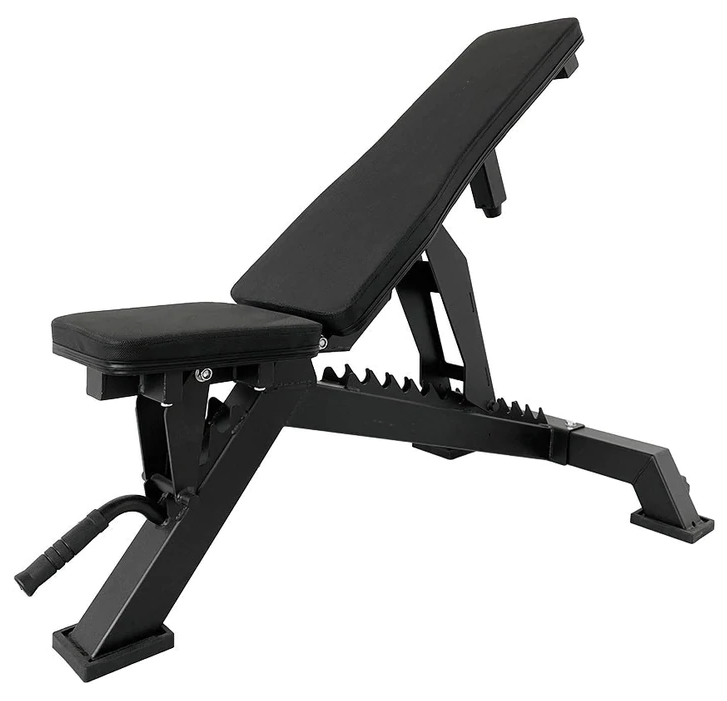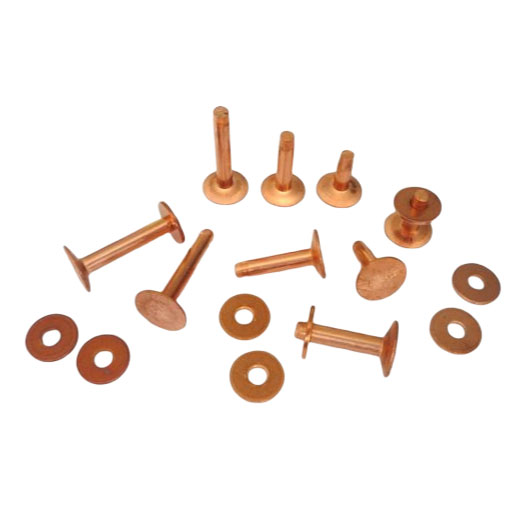Disposable Baby Diaper
A disposable baby diaper is a single-use diaper designed to be worn by infants and toddlers. It is a convenient and hygienic solution for managing a baby's urinary and fecal waste. Disposable diapers are made from a combination of materials that provide absorption, comfort, and leak-proof capabi......
Send Inquiry
Product Description
A disposable baby diaper is a single-use diaper designed to be worn by infants and toddlers. It is a convenient and hygienic solution for managing a baby's urinary and fecal waste. Disposable diapers are made from a combination of materials that provide absorption, comfort, and leak-proof capabilities.
Key features and components of disposable baby diapers include:
1. Absorbent Core: The inner part of the diaper contains an absorbent core made of fluff pulp or superabsorbent polymers (SAP). This core absorbs and retains the baby's urine, keeping the skin dry and preventing leaks.
2. Outer Shell: The outer layer of the diaper is typically made from a non-woven fabric or film that acts as a moisture barrier, preventing the absorbed liquid from leaking out.
3. Fastening Tabs: Disposable diapers have adhesive or hook-and-loop fastening tabs on the sides that allow caregivers to adjust and secure the diaper around the baby's waist.
4. Elastic Leg Cuffs: Elastic leg cuffs provide a snug fit around the baby's legs, reducing the risk of leakage.
5. Waistband Elastic: The back waistband often includes elastic to ensure a comfortable and secure fit around the baby's waist.
6. Wetness Indicator: Some disposable diapers feature a wetness indicator that changes color when the diaper is wet, providing a visual cue for when it's time to change the diaper.
Disposable baby diapers offer several benefits, including convenience, ease of use, and effective waste containment. They are designed to be worn for a single use and are discarded after being soiled. The convenience of disposability makes them a popular choice for busy parents and caregivers.
However, it's important to consider environmental impacts, as disposable diapers contribute to waste generation. Many communities have recycling programs for disposable diapers, but some caregivers opt for more environmentally friendly alternatives, such as cloth diapers, which can be washed and reused.
When choosing disposable baby diapers, caregivers should consider factors such as the baby's size, the diaper's absorbency level, and any specific features that suit their needs. It's also crucial to ensure that the diapers fit properly to prevent leaks and provide comfort for the baby.










